on
Verdure
- Get link
- X
- Other Apps
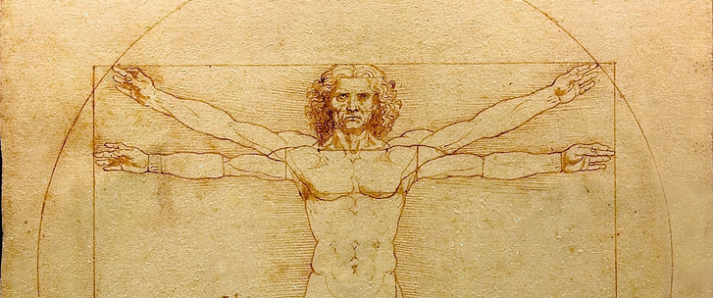
I get multiple emails and messages per day asking:
“Steve, what should I do for a workout?”
Well, partner, today is your lucky day.
I’m gonna help build you a custom workout program, step-by-step!
After all, a workout should be developed around a person’s age, goals, nutritional strategy, free time, etc.
Not only that, but it’s easy to overcomplicate this process – there are an infinite number of exercises, sets, reps, and programs to choose from.
Now, if you’re somebody that wants to skip all of that, and JUST want to be told what exactly to do:
We build customized workouts for our Online Coaching Clients and would love to have you. We get to know your story and struggles, your goals, and your lifestyle, and develop a workout plan that fits your schedule.
Now, if you’re more of a “figure this stuff out on my own” kind of person – we’re going to dig into how to build your own workout plan today!
We’ve also created a free resource for folks who want to build their own workout but would love some more specific direction and instruction.
You can download our free guide, Strength Training 101: Everything You Need to Know, which covers all of this stuff in a single guide:
OKAY! Are you ready to start building your own routine and want to know how its done?
Great! Let’s do this:

As we lay out in our “How to get in Shape” guide, we need to answer a few key questions:
QUESTION 1: What are your goals?
Whatever your goals are, it’s good to write them down and be aware of what you’re trying to accomplish.
These goals will shape HOW you build your workout.
QUESTION 2: How much time can you devote to exercise?
If you can do an hour a day, that’s fantastic.
If you have a wife or husband, three kids, a dog, two jobs, and no robot butler, then maybe you only have thirty minutes, twice a week.
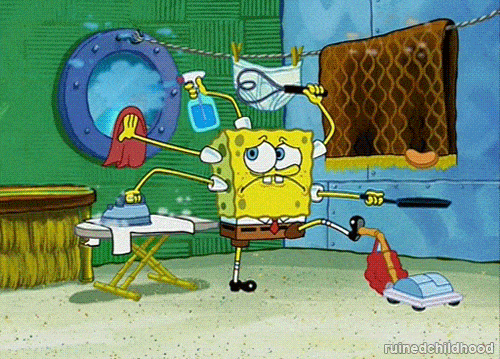
That’s fine too!
Whatever your time commitment is, developing the most efficient workout is crucial.
Why spend two hours in a gym when you can get just as much accomplished in 30 minutes, right?
Here’s the good news: weight training is the fat-burning prize fight victor, and efficiency rules all.
So whether you are building muscle or looking to lose weight, a strength training workout will get you the results you’re after (when combined with the right eating strategy!)
While we’re talking about time, let me quickly mention something important:
Proper expectations!
As we cover “how fast can I get the body I want,” make sure you are thinking about your journey with a realistic timeline:
QUESTION 3: WHERE do you want to work out?
Where you work out will largely determine if you are going to train with bodyweight, or if you can start doing gym strength training.
At this point, we should have:
We can now start to build your workout routine, your daily workout plan, and your monthly workout schedule!
Let’s do it.
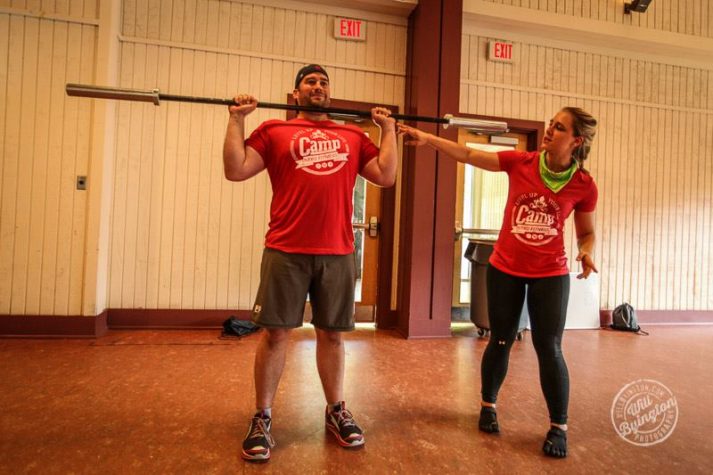
I like to follow the motto of “Keep it simple, stupid.”
(Note: I am not calling you stupid. You’re reading Nerd Fitness, which means you’re intelligent, good looking, really funny, and most of all, modest.)
The best workout is the one that you actually stick with, and people make things FAR too complicated and try to target a bazillion different individual muscles with six types of exercises for each body part.
It’s exhausting, unnecessary, inefficient, and intimidating.
So keep it simple!
We’re going to pick 5 exercises, and get really strong with those movements.

This is the ENTIRE philosophy behind our Strength 101 series.
Unless you’ve been strength training for years and know what you’re doing, we recommend that you pick a full body routine that you can do 2-3 times a week.
You want a workout routine that has at least one exercise for your:
By targeting compound movements that recruit multiple muscles at the same time, you can build a full body routine that uses only four or five exercises.
Hows THAT for efficiency!
Here is a quick breakdown on which exercises will work for each of those movements:
Not sure how to do any of these movements?
Want more examples? Check out:
The 42 Best Bodyweight Exercises You Can Do Anywhere!
Pick one exercise from each category above for a workout, and you’ll work almost every single muscle in your body.
Get stronger with each movement each week, and you have yourself a recipe for a great physique.
Here is an example of a great, effective simple gym workout:
You don’t need to make things more complicated than this!
(Not that we humans have a tendency to overcomplicate things to the point of paralysis and inaction…)

Ahem.
If you’re not sure how to do any of the movements above, click on their links for thorough write-ups and video demonstrations.
Pick one exercise from EACH category above, specifically ones that scare you the least, and that will be your workout every other day for the next week.
The great news: the above workout routine will work whether you’re looking to bulk up and build muscle OR if you’re trying to lose weight.
You simply adjust your calories consumed – which is 80% of the equation – and that’s how you’ll start to change your physique.
STEVE’S BIG PIECE OF ADVICE: GET STRONG.
Get really good at these basic movements and focus on getting stronger each week (I’ll cover how below).
If you get really strong at squats, deadlifts, pull-ups, and push-ups, you will build an incredible physique to be proud of.
Then, once you get confident in those movements, feel free to add some variety.
Why?
If you do the same exact routine, three days a week, for months and months, you might get bored, and start slacking, or you might hit a workout plateau.
So if you find yourself getting bored, feel free to stick with the above ‘formula,’ but change the ingredients:
If you hit a plateau or find yourself getting bored, pick a different exercise to improve so you’ll stay challenged, and you’ll actually DO the workout!
Then, focus on getting stronger! (You are writing down your workouts, right?).
I know it’s really easy to overcomplicate this process as there are an infinite number of exercises, sets, reps, and programs to choose from.
And yes, we have a solution for people that JUST want to be told what exactly to do: ur uber popular 1-on-1 coaching program pairs you with your own Nerd Fitness Coach who will get to know you, your goals, and your lifestyle, and develop a workout plan that’s specific to not only your body, but also to your schedule and life:

SIMPLE ANSWER: Not including a warm-up set or two, I recommend:
LONGER ANSWER: As we cover in our “How many sets and reps?” guide, a “set” is a series of repetitions that you complete without stopping.
For example, if you drop down and do 10 push-ups right now, you just did 1 SET of 10 REPETITIONS (or REPS) of push-ups.
Got it? Cool.
Some general rule on repetitions you can follow as you’re starting to build your workout plan:
There are some other generally accepted ‘rules’ – as pointed out in Starting Strength – about how to determine how many reps you should target per set, based on your goals:
A 2015 study [3] called into question the best rep strategy for building muscle or size:
“It appears that high-intensity resistance (sets of 3-5 reps) training stimulates greater improvements in some measures of strength and hypertrophy in resistance-trained men during a short-term training period [compared to sets of 8-10 reps].”
What this means: Do not freak yourself out by worrying if you should do 4 sets or 5 sets of 8 reps or 10 reps.
Our advice would be to START with lighter weight and more reps as you learn the movement, and then decide if you want to stay at higher reps and lower weight or vice versa.
You do you, because either one will get you results!
The only thing you need to worry about: get stronger the next time you do that movement: either pick up a heavier weight, or do 1 more repetition than last time.

“JUST GIVE ME THE ANSWER!”
Keep your TOTAL (all exercises combined) workout number of sets for all exercises is in the 15-25 set range, with 8-10 reps per set:
5 exercises total, each with 4 “work sets” is a good start.
Remember, the most important part is to get started – you’ll learn how your body responds and you can adapt as you go.
What you DON’T need to do: multiple exercises for each body part with 10 sets.
A BIG CAVEAT: How you eat will determine if you get bigger or stronger. Nutrition is 80-90% of the equation. So pick a range that feels good, and then focus on nutrition.
And if you don’t want to figure any of this out and just want to be told exactly how what exercises, sets, and reps to do, our online coaches can take care of that for you.

Keep it simple, you “smart, good looking, funny, modest person” you.
Below is a basic formula for you to determine how long you should wait between sets, but this can be adjusted based on your level of health.
The goal is to wait the least amount of time you need, but still rest enough that you can perform all reps of the next set safely and properly!
Here are some guidelines for how long to rest based on how heavy you’re lifting (not rules set in stone!):
If you need more or less rest than the above recommendations, that’s fine.
Do the best you can, record how long it takes you to rest between sets, and try to rest for shorter periods in the future.

Your body will adjust as you get stronger and healthier!
If you want more information on how much you should lift, how many reps, and when to scale certain movements or adjust your workout, check out our Strength 101: Everything You Need to Know.
It’s free when you join the Rebellion with your email in the box below:
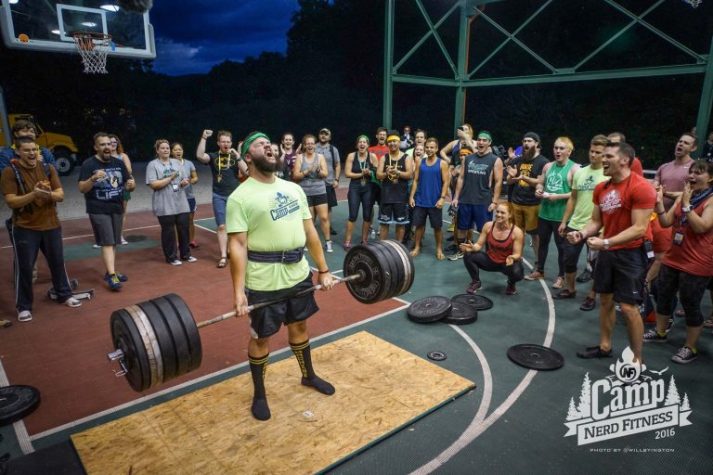
We have a FULL resource on how to determine your starting weight for lifting, but I’ll give you the gist here.
The simple to learn but tough to implement answer:
“Lift enough so that you can get through the set, but not too much that you have NO fuel left in the tank at the end.”
How do you determine how much that is?
Trial and error.
ALWAYS err on the side of “too light” versus “too heavy” when starting out.
It’s better to say “I bet I could have done more!” instead of “that was too much, and now I need to go to the hospital!”
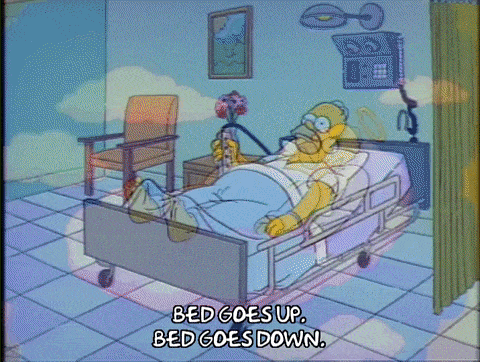
If you’re doing exercises with just your body weight, you need to make each exercise more difficult as you get in shape – once you get past 20 reps for a particular exercise and you’re not gassed, it’s time to mix things up.
Can you do 20 push-ups no problem? It’s time to start mixing them up to be more challenging. Pick a variation from this article and make yourself work for it!
20 bodyweight squats too easy? Hold some weights high above your head as you do the next set. Eventually, you can scale up to do exercises like the pistol squat:
Looking for more bodyweight exercises? Check out our list our our favorite 42 bodyweight exercises you can do anywhere.
And if you’re not sure how to scale bodyweight movements, or you are interested in mixing things up and want guidance…

Easy answer: 45 minutes to an hour.
Longer answer: If you’re doing 15-25 sets of total exercise (3-5 sets for your 5 exercises), you should be able to get everything done within that 45-minute block.
Now, factor in a five or ten-minute warm-up, and then stretching afterwards, and the workout can go a little bit longer.
If you can go for over an hour and you’re not completely worn out, try increasing the intensity.
Less time, more intensity, better results.
What if you don’t have 45 minutes?
Do the best you can!
Maybe you want to build some cardio into your weight training.
That’s where these next section comes in.
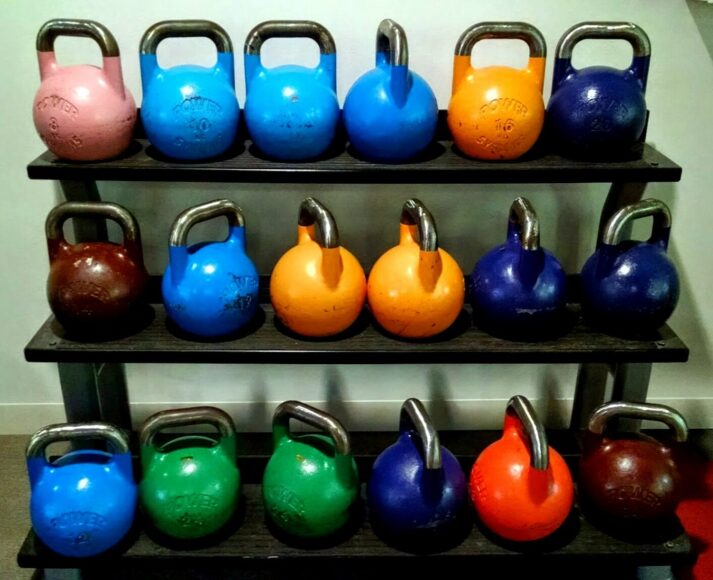
Strength training in a circuit training workout is the most efficient way to burn fat when exercising:
If you’re familiar with CrossFit, many of the workouts are built on circuit principles.
This is also the most effective way to make you involuntarily swear at inanimate objects because you’re so tired and beat up.
We’re going to cover TWO things here:
SUPERSETS:
Do a set of squats, wait one minute, then do a set of dumbbell presses, wait one minute, then do your next set of squats, and so on.
Because you’re exercising two completely different muscle groups, you can exercise one while the other is “resting.”
You’re now getting the same workout done in half the time.
Also, because you’re resting less, your body has to work harder so your heart is getting a workout too. Jackpot.
Let’s see how this would play out in a sample workout:
CIRCUIT TRAINING:
A circuit requires you to do one set for EVERY exercise, one after the other, without stopping.
After you’ve done one set of each exercise in succession, you then repeat the process two, or three, or four more times.
I’ve written about multiple bodyweight circuits here on the site:
You can download our Beginner Bodyweight Worksheet too to help you get started:
We have also 15 FREE circuits you can follow in our big Circuit Training roundup guide!
And lastly, we love building circuit training routines for our Coaching Clients – and we’d love to build them for you too:
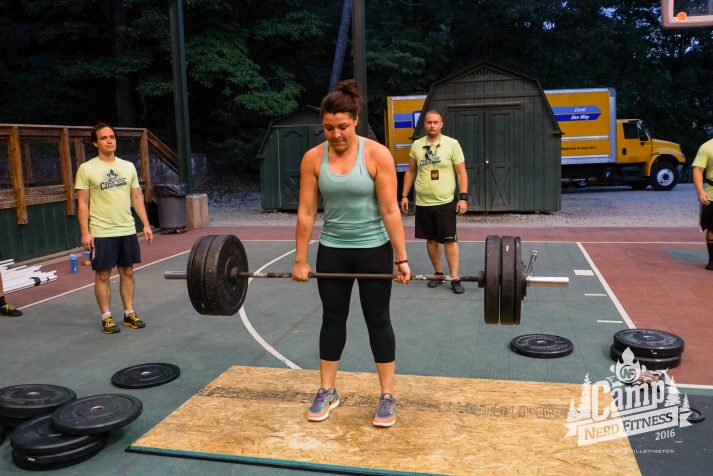
We get this question quite a bit, usually from overeager beavers who decide they are going to go from “sitting on couch watching The Office on repeat” to “exercising 7 days per week.”
I would advise something different.
I mean you can still watch The Office, but you don’t need to be training 7 days a week!

Not only that, but you’re going to burn out quickly and fall back to square one.
Instead, focus on building proper habits and set a goal of 2-3 full body workouts per week.
For starters, your muscles don’t get built in the gym.
They actually get broken down in the gym, and then get rebuilt stronger while you’re resting…watching The Office.
By giving your muscles 48 hours to recover between workouts, especially when training heavy, you’ll stay injury free and get stronger.
A Monday-Wednesday-Friday workout routine works well to ensure enough time to recover, especially when you are just getting started.
If you want to do Tuesday-Thursday-Saturday, or Sunday-Tuesday-Thursday, great.
Personally, I stuck with a Monday-Wednesday-Friday full day routine for nearly 10 years and just focused on getting stronger with each movement.
These days, I train on Monday-Wednesday-Thursday-Saturday (my workouts on Wednesday and Thursday don’t work the same muscles!)
“But Steve, what if I WANT to exercise on my off days?” That’s fine!
Pick “exercise” that’s fun for you, that won’t exhaust your muscles.
Lifehack: Program your workouts INTO your Google calendar (or Outlook).
You’re much more likely to do a workout that has been planned for in your work-week!
Alternatively, you can hire a coach to program your workouts for you, so every day you know exactly what you need to do!
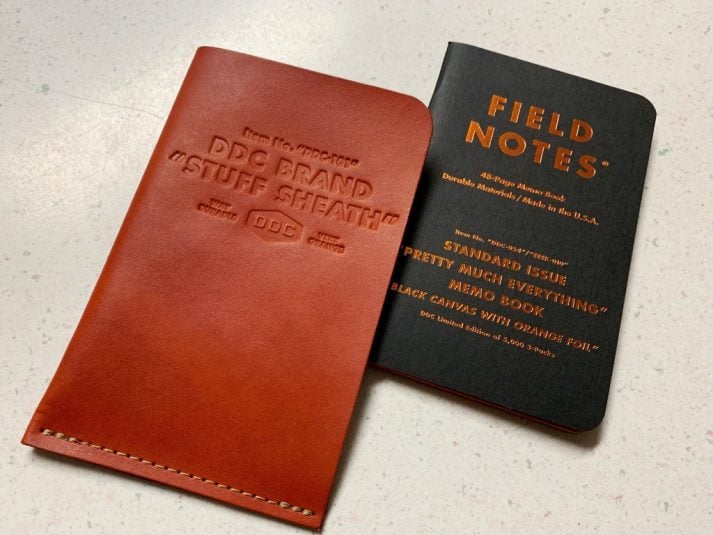
Last but not least, keep a workout journal!
As they say, that which gets measured gets improved.
You should be getting stronger, faster, or more fit with each day of exercise.
Around these parts, we say “Level up your life, every single day.”
So track and measure your progress!
Maybe you can lift more weight, lift the same amount of weight more times than before, or you can finish the same routine faster than before.
I track all of my workouts in Evernote.
I note the sets, reps, weight, and date.
I have over 1,000 workouts in my folder, which makes it super simple to see what I did last month, or even last year, and to make sure I’m improving!
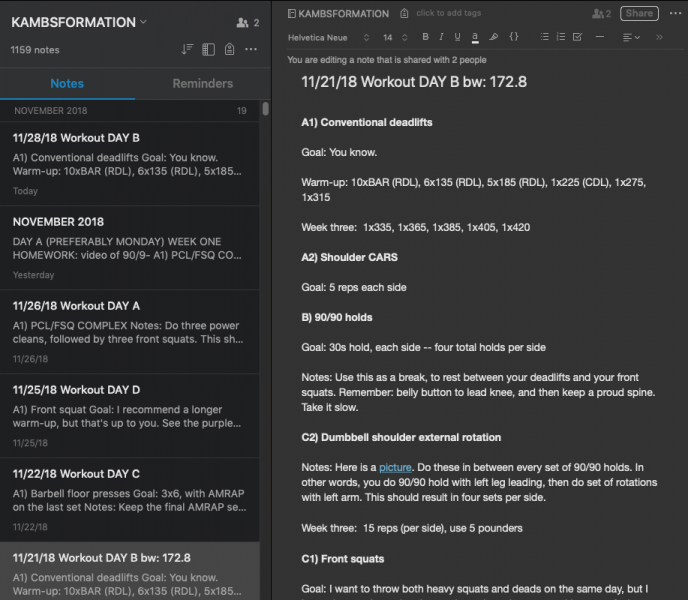
You can use an actual notebook, a bullet journal, an excel spreadsheet, a workout app, or a word document.
Don’t overcomplicate it:
Do this with a workout you’ve built, and you WILL get results. I promise.
Here’s how to properly track your progress and set a new personal best every time you train.
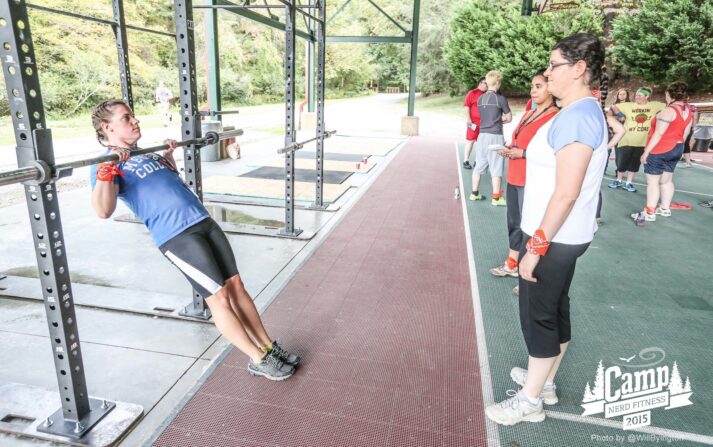
If you’re looking for sample workouts to build off of, take one of the 6 Workouts in our “Gym 101” guide.
Or if you want a plan to follow, pick one of our 15 Circuit Training Routines!
If you want to build from scratch, great! Let’s break it down into easy chunks with this recap:
More often than not, when I email people back and tell them how to build their own workout, they generally respond with:
“Steve, can’t you just TELL me what to do? I’m afraid of building a crappy workout.”
Why we built THREE options for people like that:
1) If you are somebody that wants to know they are following a program that is tailor made for their life and situation and goals, check out our Online Coaching Program.
You’ll work with our certified NF instructors who will get to know you better than you know yourself and program your workouts and nutrition for you.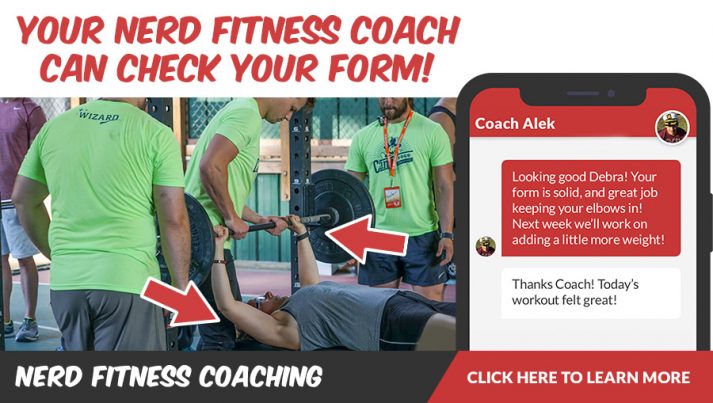
2) Good at following instructions and want a blueprint to follow?
Check out our self-paced online course, the Nerd Fitness Academy.
20+ workouts for both bodyweight or weight training, a benchmark test to determine your starting workout, HD demonstrations of every movement, boss battles, meal plans, a questing system, and supportive community.
3) Join the Rebellion (our free community) and I’ll send you free guides, workouts, and worksheets that you can read at your leisure.
We need good people like you!
I certainly encourage you to try and build your own workout routine.
It can really help you develop a sense of excitement and pride when you start to get in shape based on your workout!
If you have more questions, or have a workout program you’re really proud of, share it in the comments below!
-Steve
PS: Check out the rest of our beginner content. I promise, it kicks ass 🙂
###
Photo Sources: mdwombat, joshtasman: Question Finger 6, black.zack00: Yeaaaah…. Surprise ladies!!, Sterling College: Sterling Gym, ako_law: Stopwatch, black.zack00: Boxing a gentleman’s sport, Photographing Travis: Kettlebells. ahockley: DDC Stuff Sheath and EEEK Field Notes
Comments
Post a Comment